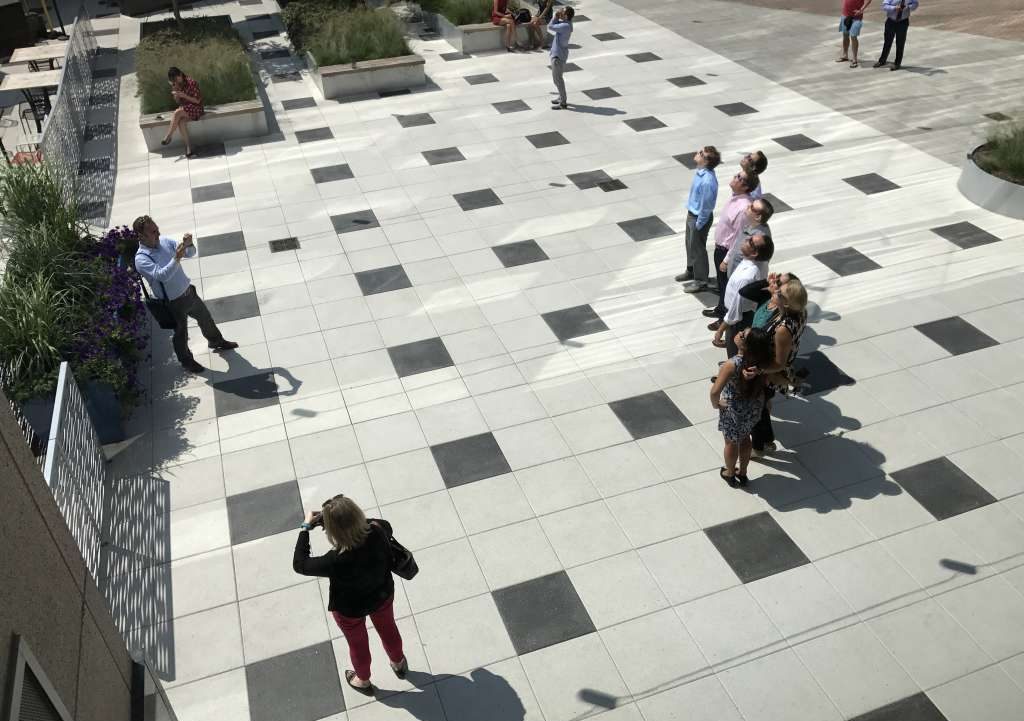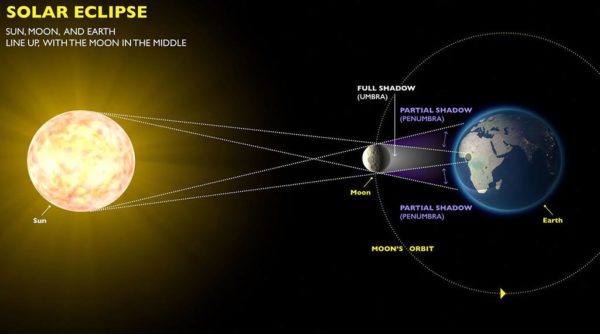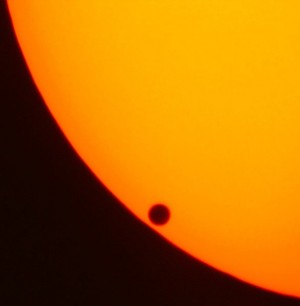Around 2:40 p.m. this afternoon, workers and residents around Arlington flocked to rooftops and sidewalks as the sky darkened and a rare solar eclipse swept through the area.
Those with protective eclipse viewing glasses were able to safely watch as the moon hid just over 80 percent of the sun.
While some watched on TV or streaming video, plenty of our readers were outside to capture the moment. Even some clouds floating around could not spoil the view.
We compiled photos of the eclipse in Arlington as shared on Twitter, below. Did you take any photos around Arlington during the eclipse? Show them off in the comments.
And some good news: there were no emergency calls in Arlington reporting eye issues from looking directly at the eclipse, based on scanner traffic this afternoon.
@fox5dc @MikeTFox5 @suepalkafox5dc @SkyGuyinVA Solar eclipse from Arlington, VA! #stormhour pic.twitter.com/cLYIech7yC
— Omar Azimi (@OmarAzimi) August 21, 2017
Max #eclipse in Arlington VA, projected through binoculars. pic.twitter.com/CSHCN26CWo
— Bill Hole (@billhole) August 21, 2017
HDR's Arlington office roof terrace provides a great eclipse viewing venue pic.twitter.com/AJYJAQ1bMb
— Leslie Weaver Louden (@leslie_louden) August 21, 2017
When you remember you have a rooftop garage!! #totaleclipse2017 #diymom #abcnews #GreatAmericanEclipse2017 @SocialArlington @ARLnowDOTcom pic.twitter.com/IRnDLOyRDO
— vanessa sheppard (@MamadubsX3) August 21, 2017







